
A crowd at an early “Sunday Funday” in the 1970s at Moraine Airpark. Courtesy Martha Lunken
The first Sunday of this past May, Moraine Airpark celebrated the 60th anniversary of its annual “Sunday Funday”—the unofficial start of the flying season. Our Midwest spring has been monotonously wet, gray and cool, so Sunday morning’s less than-ideal-ceilings and visibilities were no surprise...or deterrent. It was VFR “enough” with better weather in Dayton, Ohio, and my friend Joe and I were hungry. So we launched in the Cessna 180 before EAA Chapter 48 shut down the pancakes-and-sausage line.
Sure enough, the sun broke through about 10 miles south of Dayton, and we were keeping a sharp lookout. I hadn’t been here since my FAA days, but “Sunday Funday” was a sort of prelude to Oshkosh, Wisconsin—lots of traffic converging on a not-overly-long runway, and pilots of all skill levels flying extremely different kinds of airplanes.
But way back in the mid-1960s, it was my introduction to fly-ins. Navigation wasn’t my strong point—especially in that Pietenpol Air Camper with nothing but a wildly inaccurate magnetic compass. But with a just-completed Interstate 75 pointing the way to Dayton, finding Moraine 50 miles up the road was a no-brainer. I was goggle-eyed at the swarm of Wacos, Luscombes, Stearmans, Cessna 195s, Stinsons, Cubs and you-name-its buzzing around the field and being marshalled onto the grass after landing. And, of course, there were the fly-bys—the inevitable low passes down the runway.
A reminder, friends: Low-level passes down a runway at a nontowered airport “not for the purpose of takeoff or landing” are flat-out illegal…especially if the FAA’s around. More important, with lots of traffic it’s dangerous and stupid. I know because I’m guilty too.
In those days, the then “South Dayton Airport” came to be when a man named Harold Johnson won the property at auction. The single-runway airport sat on the banks of the Great Miami River at what was the world’s first seaplane base, very near the original Wright factory. Harold bulldozed and leveled it, got some guys together to move hangars from the old South Dayton Airport at a different location, built a clubhouse/office, and formed a corporation. Harold flew banners, did aerobatics shows and maintenance while his wife and high school sweetheart, Thelma, managed the flight school, gas sales, tiedowns and office. Daughters Annette and Patty would pitch in—Annette mowing and Patty helping Thelma.
I’ll never forget the sights, sounds, smells and cast of characters of my first visit. Most of all, I remember the airshow flown by Beverly (Bevo) Howard with a 360-degree turn maneuver—a simultaneously constant roll and turn rate with the wings of the Jungmeister leveling at each 90 degrees of turn. It was pure artistry and, to me, far more skillful and impressive than the “bumps and grinds” in little airplanes with huge engines and flat wings.
At a later Moraine show, I told Bill Bruns, a protégé of Harold’s who grew up around Moraine, about that glorious maneuver. Billy, by then flying exquisite aerobatics in a Decathlon, put that same rolling 360-degree turn into his act. I like to think it was for me.
There were subsequent squabbles about FBO ownership at Moraine (like most airports), but it didn’t spoil the mystique. You’d drop in anytime to hang out with friendly but highly talented guys tinkering with classic Wacos and other exotic antiques. Harold always had projects going and successfully campaigned in the 1934 UMF-3 Waco he restored, becoming the longtime “Flying Mayor of Moraine.” He was also the only guy in existence who knew and could explain the intricacies of all those weird and wonderful Waco designations.
He was a second father and mentor to Bill Bruns, taught wing-walker Jimmy Dorsey, and every night for six straight years flew Snoopy and the Red Baron airshows over Kings Island amusement park with another protégé, Darrell Montgomery, in a 450 Stearman named Miss Piggy. Harold was among the original organizers of the Dayton Air Show and a founding member of the National Aviation Trail and National Aviation Hall of Fame. Somehow, I never got used to seeing him in a tux at NAHF enshrinement ceremonies; he probably never got used to seeing me in an evening dress!
He’s gone now. But anybody who knew Harold Johnson loves and misses him. I sure do.
It was different at Moraine this year. The frequency was pretty quiet, which didn’t mean a lot—this is still antique and experimental country, and some locals don’t believe in radios. But there wasn’t much traffic, and the line of parked airplanes, while respectable, was nothing like the olden days.
Read More from Martha Lunken: Unusual Attitudes
Once on the ground, there were some fun airplanes, familiar faces and old friends. And the pancakes and sausages had vastly improved since the days when I ranked the Moraine breakfast just ahead of last place (Urbana Grimes). Everybody seemed more mature. Many had obviously not seen the left seat of an airplane in some time. No airshow, and no airplane rides, food trucks or trinket stands, but everybody seemed to be heading for an outdoor classroom under a nearby tent.
Dear God, it was a genuine FAA safety seminar with a real, live FAA person, a screen and a projector. I think…I kept my distance.
See, here’s a confession about how I worked the FAA safety program. When an airport in our district had any kind of event, I’d send a flyer advertising a “Wings” safety seminar. These mailings would reach all pilots in the counties I’d selected, and people would fly in—certainly not for a lecture or a film but because of the beautiful airplanes, old friends to swap stories with, plenty of food and usually an airshow. I’d find a helper to set up the FAA seminar in a back room, pass out signed “Wings” cards and keep an eye on the projector. Sometimes people—rarely active pilots—actually watched them.
OK, it probably wasn’t the best use of FAA resources, but pilots gathered at airports because of that flyer. And I’d hang out all day, mingling, talking, eating, answering questions and, yeah, having a great time.
On this Sunday, three FAA Master Pilot Awards were being presented, and somebody commented that Patty Wagner (a much-deserving recipient) and I were likely the only two “Female Master Pilots” in the area.
“Uh, no. See, besides 50 years of civil or military flying, for the award you have to show dedication to safe flight and professionalism. Prior accident history can be disqualifying…”
I’ve crashed too many times to be eligible.

Sign-up for newsletters & special offers!
Get the latest FLYING stories & special offers delivered directly to your inbox

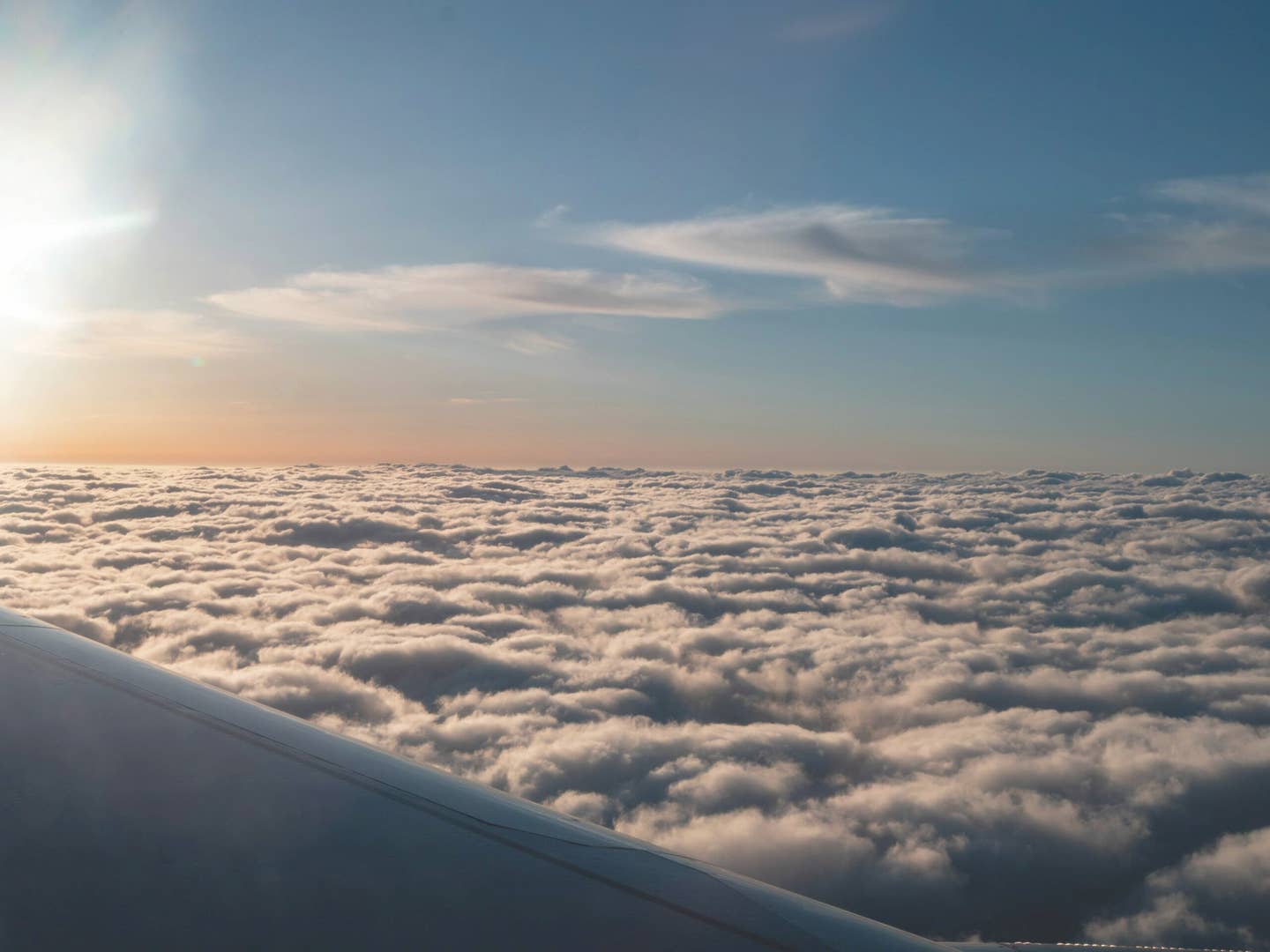
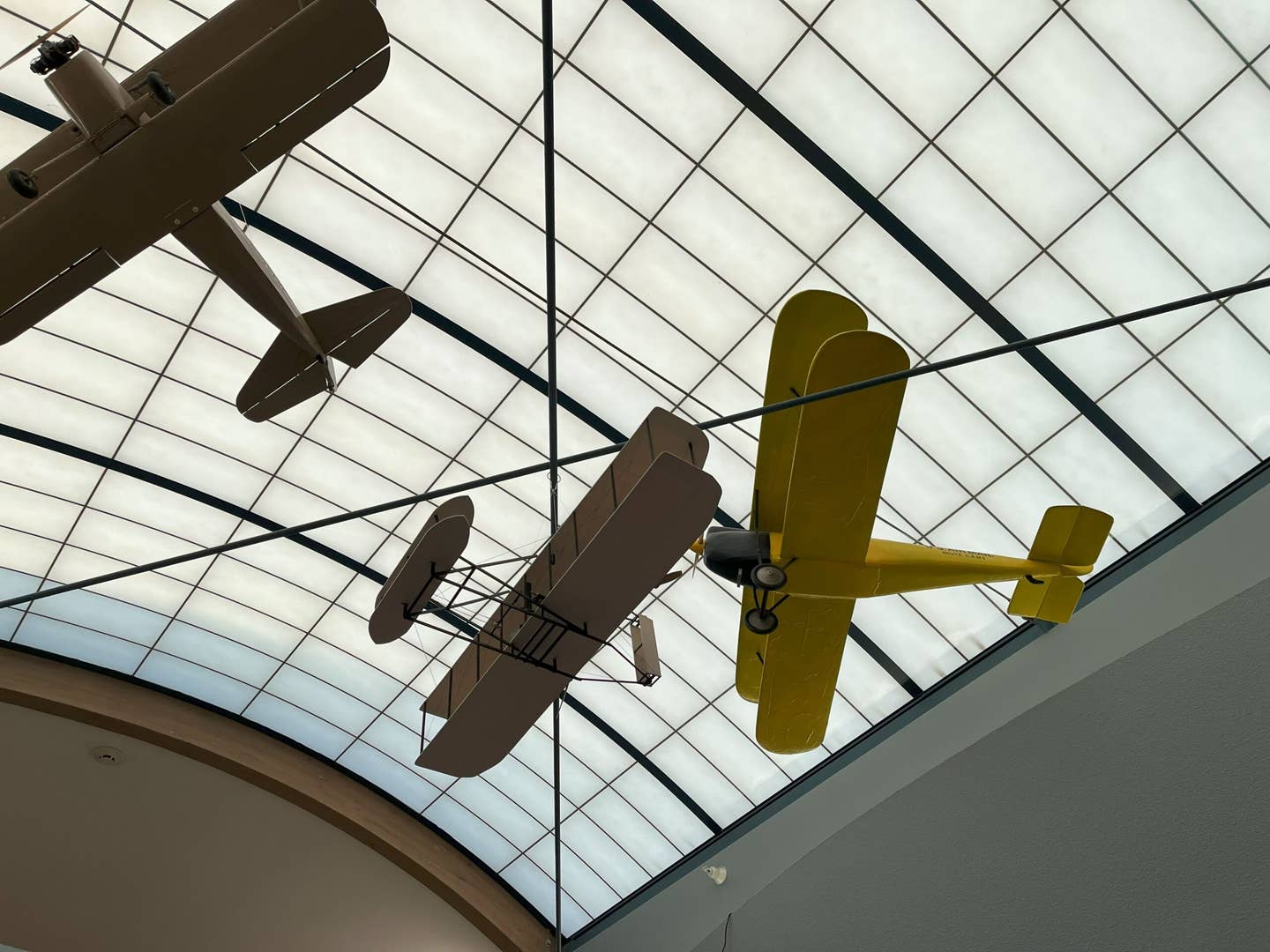
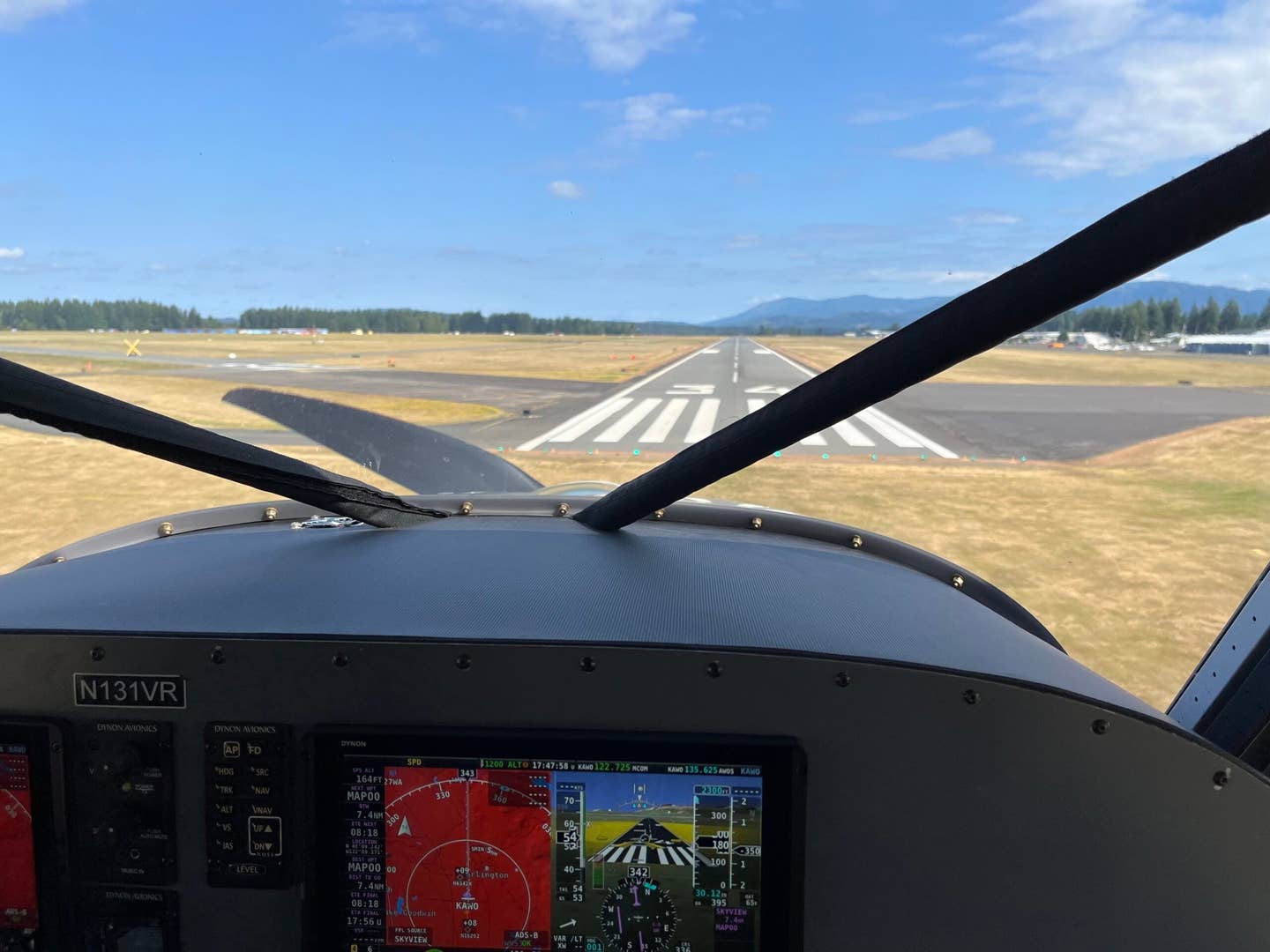
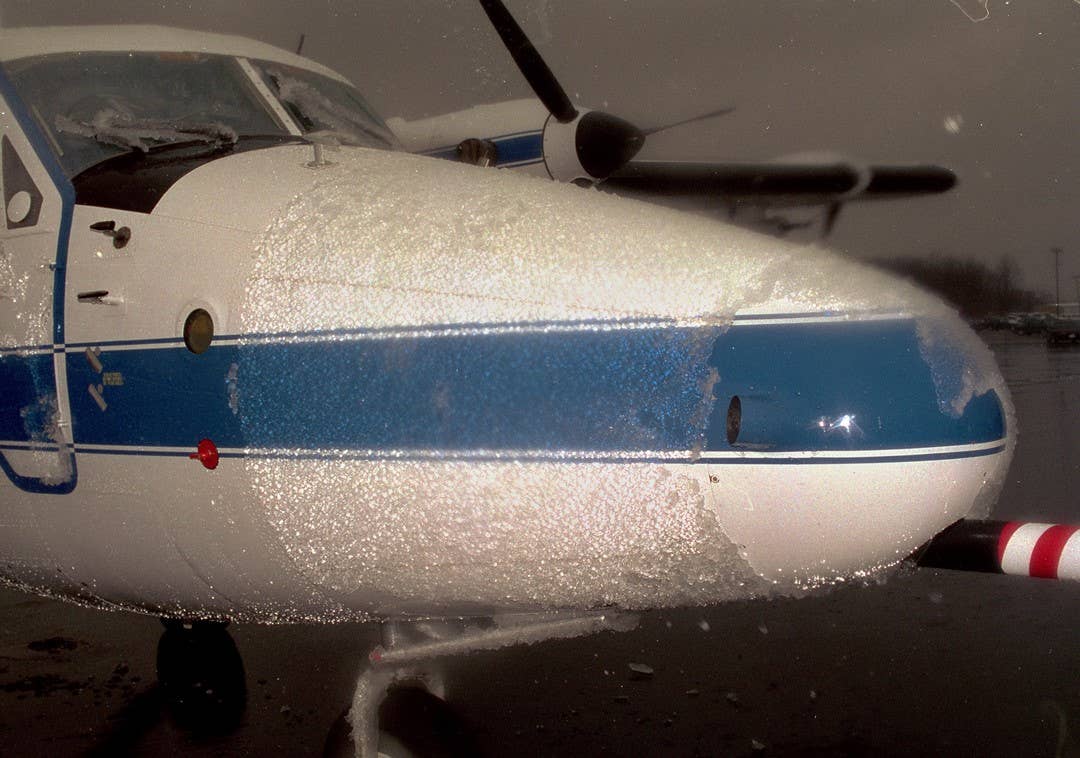
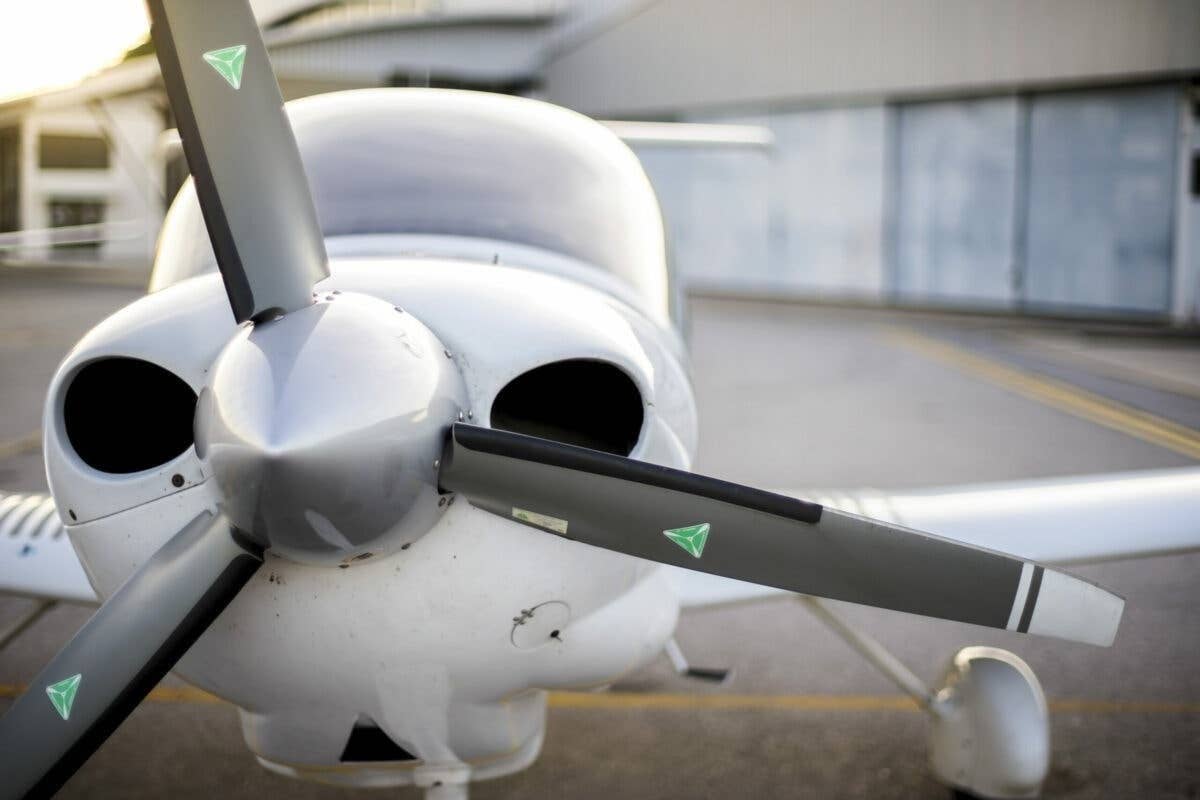
![[PILOT AND SNELLEN CHART PIC]](https://www.flyingmag.com/uploads/2022/11/2022-FlyingMag.com-Native-Advertising-Main-Image--scaled.jpeg?auto=webp&auto=webp&optimize=high&quality=70&width=1440)